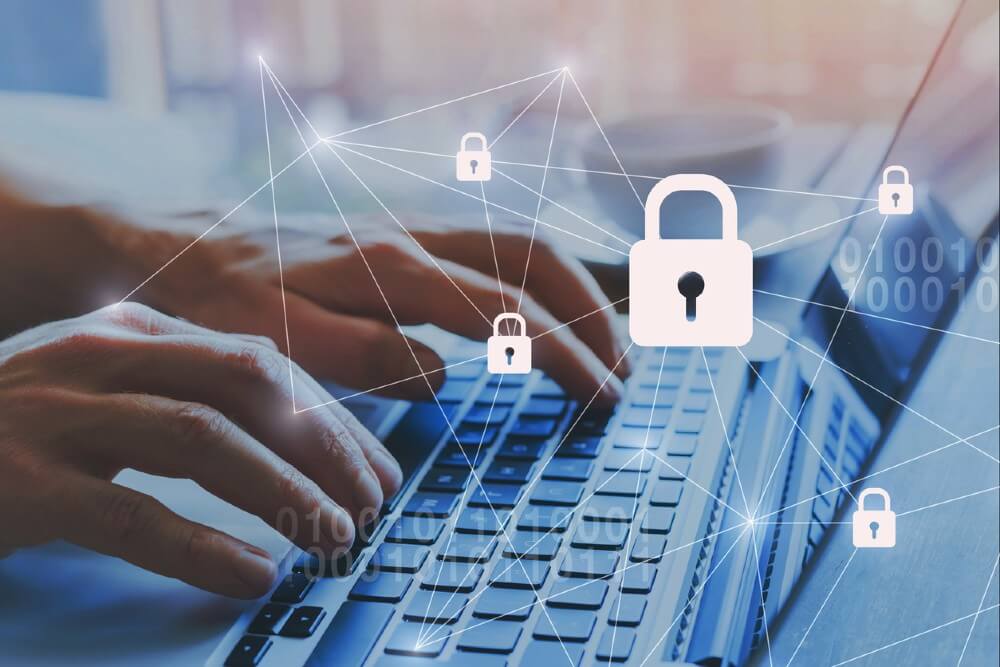Written by
Jerônimo do Valle
A "data security threat" is any action that could compromise the confidentiality, integrity or availability of data. Such situations can come from a variety of sources, including hackers, insider threats, natural disasters and human error, with serious consequences for businesses and consumers such as financial loss, compromised identities and damaged reputations. The nature of known threats today varies, including malware, ransomware, phishing attacks and social engineering.
Let's start with malware, which is a type of software designed to harm or damage a computer system and installs itself through various means, including email attachments, infected websites, and malicious ads. Once installed, the malware can delete files, steal information, or make changes to make the content unusable, preventing the system from working properly.
Ransomware is a type of malware that encrypts a victim's files so that a ransom is later demanded to decrypt them and allow access. This type of attack can be particularly harmful to organizations, as it results in the leakage and loss of important information, causing serious damage to brand trustworthiness.
Phishing attacks are another common type of threat that individuals and businesses face. These attacks involve sending emails that appear to be from a trusted source, such as a bank or other financial institution. The email will usually contain a link that takes you to a website that looks identical to the legitimate website. However, the site is designed to steal login credentials and, in certain cases, receive improper payments from the victim.
Lastly, social engineering is a type of attack that relies on tricking people into disclosing confidential information. This can be done over the phone, via email, messages or in person. Social engineering attacks are often used to gain access to sensitive data or systems.
To minimize these threats, organizations should consider implementing robust security technologies, including firewalls, intrusion detection/prevention systems, and antivirus software, as well as establishing and enforcing policies and procedures that govern the use of company technology and information, including password requirements and limitations on access. It is also important to perform periodic risk assessments to identify vulnerabilities and encrypt data, both at rest and in transit.
Finally, companies need to develop and implement a comprehensive incident response plan to address any security breaches that may occur. The response plan must include an assessment of the scope and nature of the breach, as well as containment procedures to prevent unauthorized access to confidential data. The key personnel who will be responsible for responding to the issue need to be well identified and prepared to immediately trigger law enforcement when appropriate.
Consideration may be given to taking out some form of "cyber insurance" to protect against losses resulting from data security breaches. Cyber insurance policies generally cover the costs of investigating and responding to a breach, as well as any legal liability arising from unauthorized disclosure of sensitive information.
Cybersecurity is an ever-changing field of study, so there will always be new ways for data to be hacked or stolen as technology advances. The key is to be proactive to protect yourself at all costs, elevating this issue to the status of "priority" and taking constant measures, so you don't run the risk of trying to act, only when it's too late.

